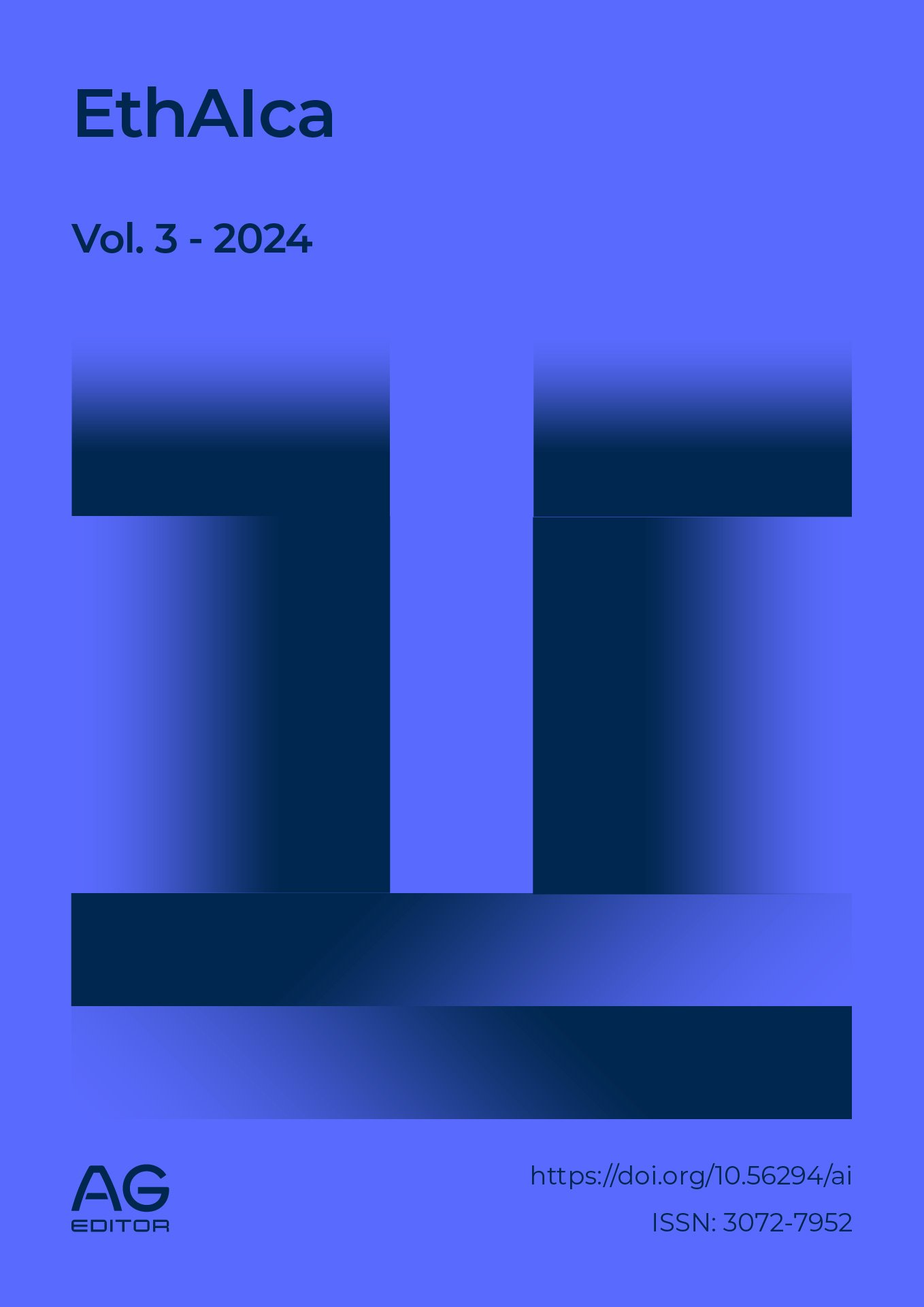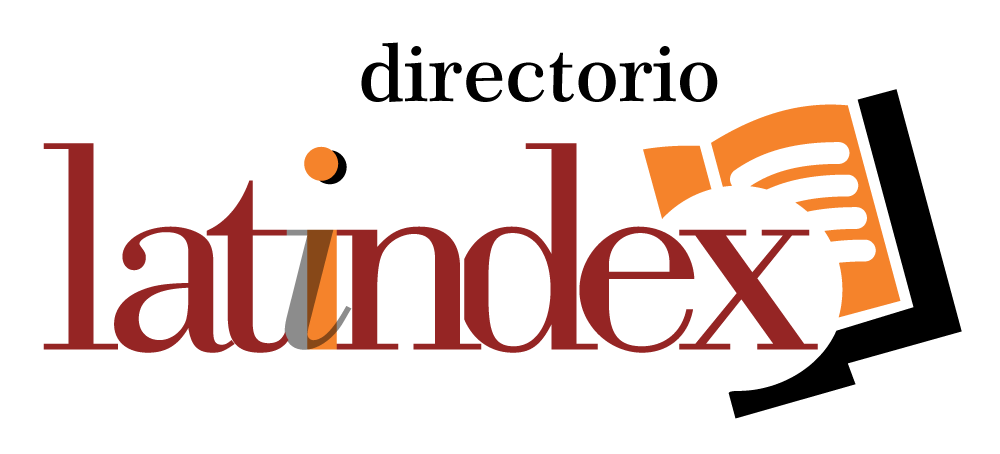Training and emerging technologies: Towards a new pedagogical paradigm
DOI:
https://doi.org/10.56294/ai2024101Keywords:
Artificial Intelligence, teacher training, flipped classroom, Sendsteps.ai, educational innovationAbstract
Introduction: The study addressed shortcomings in teacher training at the Santa Ana Institute, specifically in relation to the incorporation of innovative technological tools such as artificial intelligence. It was based on the diagnosis that many teachers still applied traditional teaching strategies that were out of touch with the needs of 21st-century students, which limited the development of meaningful and relevant learning.
Development: From a constructivist approach, training was proposed that focused on the use of the artificial intelligence tool Sendsteps.ai, with the aim of promoting dynamic, collaborative, and interactive teaching practices. Through this technology, teachers could design more attractive presentations tailored to the realities of their students. Contributions from authors such as Vygotsky and Bates were integrated to theoretically support the need for methodological transformation. The flipped classroom methodology was also highlighted as a key strategy for empowering both teachers and students in the construction of knowledge. Conclusion: The study concluded that continuous teacher training was essential to achieve teaching-learning processes consistent with current challenges. The implementation of AI-based technologies would not only improve teaching practices but also encourage student participation and retention. The proposed training sought to transform the role of teachers into a more active, reflective and innovative one, enabling them to deal with change effectively and promote an educational environment adapted to the digital context.
References
1. Bulbules N, Callister T. Educación: riesgo y promesas de las nuevas tecnologías de la información. Barcelona: Granica; 2006. Disponible en: https://drive.google.com/file/d/1QpSMQb-1_36nUAMAyuMsg_GjFi2AT-gZ/view?usp=drivesdk
2. Cukierman U. Las TICs en la educación de ingeniería de las nuevas generaciones. Congreso: Información y Comunicación para la Sociedad del Conocimiento, CNIT; 2009. Córdoba, Argentina. Módulo 1, Lección 1, p. 2. Disponible en: https://drive.google.com/file/d/1QpSMQb-1_36nUAMAyuMsg_GjFi2AT-gZ/view?usp=drivesdk
3. Díaz Barriga Arceo F. La innovación en educación implica un proceso de cambio paradigmático. Conferencia Magistral Metropolitana en la UAM; 2019. Disponible en: https://www.comunicacionsocial.uam.mx/boletinesuam/405-19.html
4. Instituto Santa Ana. Institución Santa Ana, colegio bilingüe [Internet]. 2024 [citado 2025 jun 28]. Disponible en: https://www.institutosantaana.edu.ar/institución.com
5. Pedagogía Docente. La escuela tradicional [Internet]. 2024 [citado 2025 jun 28]. Disponible en: https://pedagogiadocente.wordpress.com/modelos-pedagogicos/la-escuela-tradicional/
6. Pedagogía Docente. La escuela nueva [Internet]. 2024 [citado 2025 jun 28]. Disponible en: https://pedagogiadocente.wordpress.com/modelos-pedagogicos/la-escuela-nueva/
7. Portilla A. La formación continua como estrategia de profesionalización del magisterio salvadoreño. 2002. Disponible en: https://www.redalyc.org/journal/3606/360674839014/html/
8. Sendsteps.ai. Experimente la mejor forma de crear una presentación con IA (Inteligencia Artificial) [Internet]. 2024 [citado 2025 jun 28]. Disponible en: https://www.sendsteps.com/es/
9. Universidad de Palermo. Qué es la inteligencia artificial [Internet]. 2024 [citado 2025 jun 28]. Disponible en: https://www.palermo.edu/ingenieria/que-es-la-inteligencia-artificial.html
10. Universidad Siglo 21. Módulo 0. Plan de intervención Instituto Santa Ana. Lección 1 de 37. 2019. p. 7–54. Disponible en: https://siglo21.instructure.com/courses/32794/pages/plan-de-intervencion-modulo-0#org2.
Published
Issue
Section
License
Copyright (c) 2024 Rodrigo Nahuel Pastrana , Teresita Jalil (Author)

This work is licensed under a Creative Commons Attribution 4.0 International License.
The article is distributed under the Creative Commons Attribution 4.0 License. Unless otherwise stated, associated published material is distributed under the same licence.






